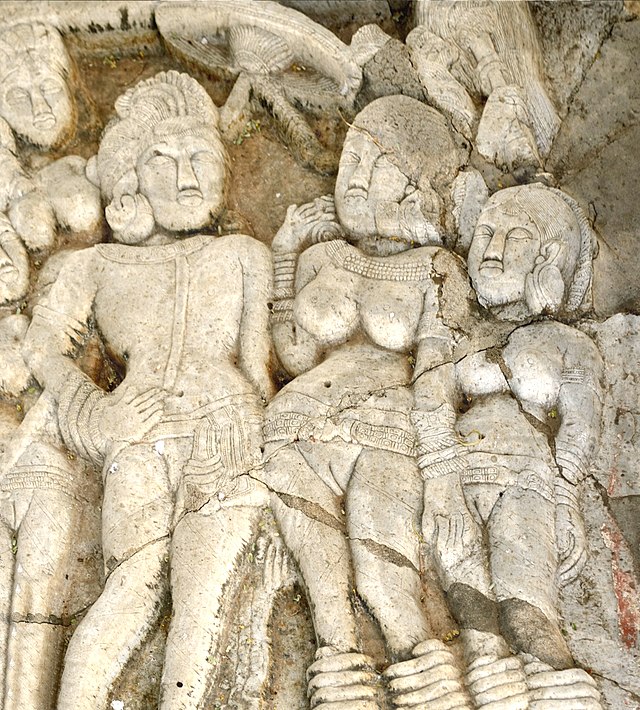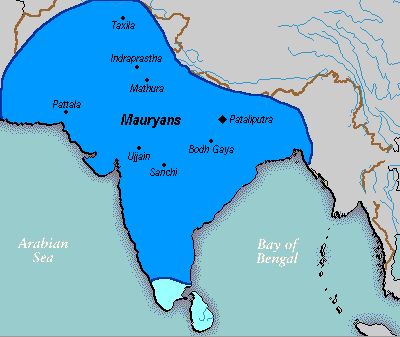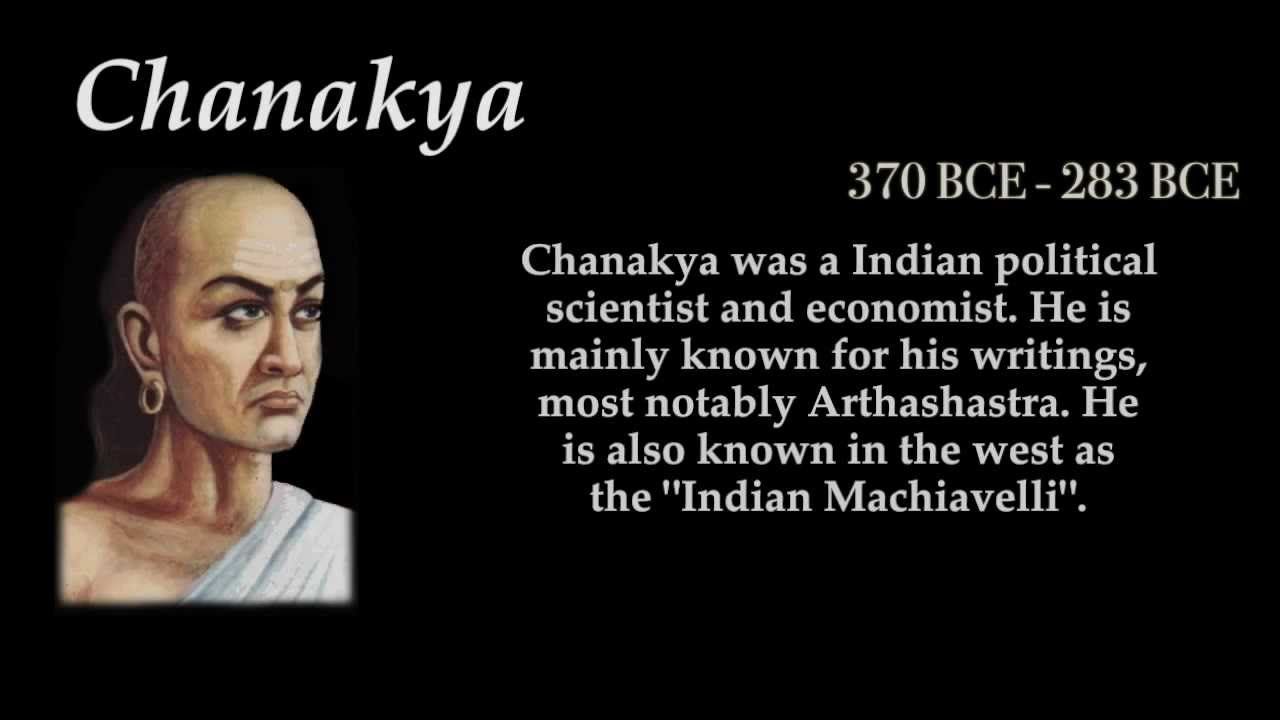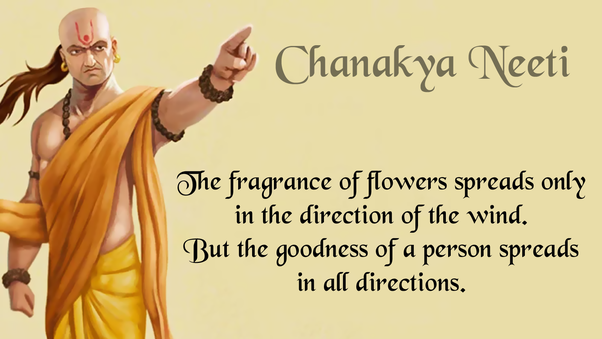Static Quiz 15 October 2024
Quiz-summary
0 of 5 questions completed
Questions:
- 1
- 2
- 3
- 4
- 5
Information
Static Quiz 15 October 2024 for UPSC Prelims
You have already completed the quiz before. Hence you can not start it again.
Quiz is loading...
You must sign in or sign up to start the quiz.
You have to finish following quiz, to start this quiz:
Results
0 of 5 questions answered correctly
Your time:
Time has elapsed
You have reached 0 of 0 points, (0)
Categories
- Not categorized 0%
- 1
- 2
- 3
- 4
- 5
- Answered
- Review
- Question 1 of 5
1. Question
Which of the following statements is not correct about the Konark Sun temple?
CorrectAnswer: B
IncorrectAnswer: B
- Question 2 of 5
2. Question
In which of the following relief sculpture inscriptions is ‘Ranyo Ashoka’ (King Ashoka) mentioned along with the stone portrait of Ashoka?
CorrectAns;- a) Kanganahalli
Explanation;-
• The Kanaganahalli is about 3 km from Sannati.
• An important Buddhist site, the place where an ancient Buddhist Mahastupa site found.
• It is on the left bank of the Bhima river in Chitapur taluk, Kalaburagi / Gulbarga District in Karnataka, India.
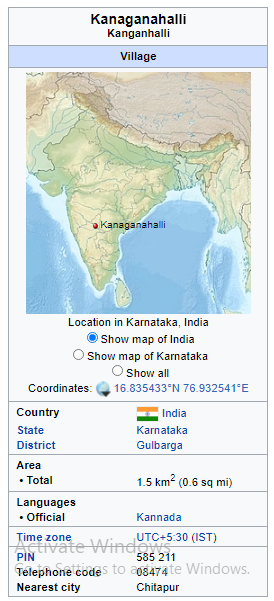
• The Nalwar is the nearest Railway station about 19 km from Kanaganahalli. The Buddhist site about 2.5 km from Chandrala Parameshwari temple of Sannati.
• The remains of the excavations site at Kanaganahalli can be dated to between the 1st century BC to the 3rd century AD.
• The Kanaganahalli Maha Stupa is the veritable gallery of eminent rulers like King Ashoka and the Shatavahana rulers (Simuka, Pulumavi) are immortalized by depicting their portraits at Kanaganahalli.

Ashoka with his Queen, at Sannati (Kanaganahalli Stupa), 1st-3rd century CE.IncorrectAns;- a) Kanganahalli
Explanation;-
• The Kanaganahalli is about 3 km from Sannati.
• An important Buddhist site, the place where an ancient Buddhist Mahastupa site found.
• It is on the left bank of the Bhima river in Chitapur taluk, Kalaburagi / Gulbarga District in Karnataka, India.

• The Nalwar is the nearest Railway station about 19 km from Kanaganahalli. The Buddhist site about 2.5 km from Chandrala Parameshwari temple of Sannati.
• The remains of the excavations site at Kanaganahalli can be dated to between the 1st century BC to the 3rd century AD.
• The Kanaganahalli Maha Stupa is the veritable gallery of eminent rulers like King Ashoka and the Shatavahana rulers (Simuka, Pulumavi) are immortalized by depicting their portraits at Kanaganahalli.

Ashoka with his Queen, at Sannati (Kanaganahalli Stupa), 1st-3rd century CE. - Question 3 of 5
3. Question
With reference to cultural history of India consider the following pairs :
1. Parivrajaka – Renunciant and Wanderer
2. Shramana – Priest with a high status
3. Upasaka – Lay follower of buddhismWhich of the pairs given above are correctly matched ?
CorrectAns;- b) 1 and 3 only
Explanation;-
• The renunciants were referred by various terms including Paribbajaka Or Parivrajaka in Sanskrit which means ‘wanderer’.
• Samana were also renunciants and it is termed as Shramana in Sanskrit, which means the ‘one who strives’ i. e. to realize the truth. These were people who had left their homes and lived as wanderers, dependent on food and alms offered.
• Upasaka (masculine) or Upasika (feminine) are from the Sanskrit and Pali words for “attendant”. This is the title of followers of Buddhism (or, historically, of Gautama Buddha) who are not monks, nuns, or novice monastics in a Buddhist order, and who undertake certain vows.
IncorrectAns;- b) 1 and 3 only
Explanation;-
• The renunciants were referred by various terms including Paribbajaka Or Parivrajaka in Sanskrit which means ‘wanderer’.
• Samana were also renunciants and it is termed as Shramana in Sanskrit, which means the ‘one who strives’ i. e. to realize the truth. These were people who had left their homes and lived as wanderers, dependent on food and alms offered.
• Upasaka (masculine) or Upasika (feminine) are from the Sanskrit and Pali words for “attendant”. This is the title of followers of Buddhism (or, historically, of Gautama Buddha) who are not monks, nuns, or novice monastics in a Buddhist order, and who undertake certain vows.
- Question 4 of 5
4. Question
Which of the following centres of learning, the Chanakya the famous teacher of Chandragupta Maurya was associated?
CorrectAns;- d) Taxila
Explanation;-
• The Taxila had great influence on Hindu culture and the Sanskrit language. It is perhaps best known for its association with Chanakya, also known as Kautilya, the strategist who guided Chandragupta Maurya and assisted in the founding of the Mauryan empire.


 Incorrect
IncorrectAns;- d) Taxila
Explanation;-
• The Taxila had great influence on Hindu culture and the Sanskrit language. It is perhaps best known for its association with Chanakya, also known as Kautilya, the strategist who guided Chandragupta Maurya and assisted in the founding of the Mauryan empire.



- Question 5 of 5
5. Question
In Ashoka’s Administration “Rajukas” looked after into which of the following ?
CorrectAns;- b) Administration of Justice
Explanation;-
• During the Mauryan administration, the ‘Rajukas’ looked after the administration of justice.
• They were basically the provincial officials who were mostly engaged in clerical and accounting works.
• They had full power and freedom in controlling the rural administration and also can give capital punishment.
• They worked as judicial administrators as well as revenue administrators.
• They were also given more and more judicial powers in the settlement of disputes that arises during the reign of King Asoka.
IncorrectAns;- b) Administration of Justice
Explanation;-
• During the Mauryan administration, the ‘Rajukas’ looked after the administration of justice.
• They were basically the provincial officials who were mostly engaged in clerical and accounting works.
• They had full power and freedom in controlling the rural administration and also can give capital punishment.
• They worked as judicial administrators as well as revenue administrators.
• They were also given more and more judicial powers in the settlement of disputes that arises during the reign of King Asoka.

